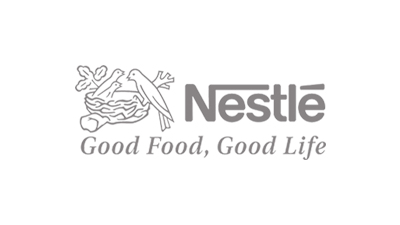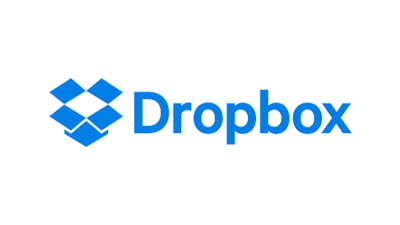Freezing food preserves it from the time it is prepared to the time it is eaten. Since early times, farmers, fishermen, and trappers have preserved grains and produce in unheated buildings during the winter season.[1] Freezing food slows down decomposition by turning residual moisture into ice, inhibiting the growth of most bacterial species. In the food commodity industry, there are two processes: mechanical and cryogenic (or flash freezing). The freezing kinetics is important to preserve the food quality and texture. Quicker freezing generates smaller ice crystals and maintains cellular structure. Cryogenic freezing is the quickest freezing technology available due to the ultra low liquid nitrogen temperature ?196 ?C (?320 ?F) Cryogenic or (flash freezing) of food is a more recent development, but is used by many leading food manufacturers all over the world. Cryogenic equipment uses very low temperature gases ? usually liquid nitrogen or solid carbon dioxide ? which are applied directly to the food product." Scope of the Report: This report focuses on the ?Frozen Food in global market, especially in North America, Europe and Asia-Pacific, South America, Middle East and Africa. This report categorizes the market based on manufacturers, regions, type and application. Europe to grow at a CAGR of around 4% by 2020. As clean label products are in high demand in the European frozen?food?market, companies have been compelled to eliminate artificial ingredients from frozen food products to appeal to health-conscious consumers. In this region, people are willingly paying more for healthier frozen food options, as they are?organic, convenient, and completely natural. Also, the manufacturers are coming up with innovative products such as limited and seasonal frozen food, which are vegan and free from preservatives. Though on-the-go food is the new meal trend in Europe, many value- and health-conscious consumers are opting for healthy alternatives and better-for-you products as a substitute for snacks and?fast food?products. However, the high preference for on-the-go food products stems from the fact that most working people do not have time to cook.? Also, innovations in defrosting technologies are creating new opportunities for frozen food that can be consumed both inside and outside the home. With the growing demand for portable frozen food, the market is expected to witness immense growth in the coming years. The worldwide market for ?Frozen Food is expected to grow at a CAGR of roughly xx% over the next five years, will reach xx million US$ in 2023, from xx million US$ in 2017, according to a new GIR (Global Info Research) study. Market Segment by Manufacturers, this report covers Nestle Nomad Foods Bonduelle Charal Findus Group FrosTA Mascato Spain Dr. August Oetker McCain Foods Orogel Group. Market Segment by Regions, regional analysis covers North America (United States, Canada and Mexico) Europe (Germany, France, UK, Russia and Italy) Asia-Pacific (China, Japan, Korea, India and Southeast Asia) South America (Brazil, Argentina, Colombia etc.) Middle East and Africa (Saudi Arabia, UAE, Egypt, Nigeria and South Africa) Market Segment by Type, covers Frozen Ready Meals Frozen Fish and Seafood Frozen Meat Products Frozen Pizza Frozen Potato Products Frozen Bakery Products Market Segment by Applications, can be divided into Hypermarkets and Supermarkets Independent Retailers Convenience Stores Specialist Retailers There are 15 Chapters to deeply display the global ?Frozen Food market. Chapter 1 to describe ?Frozen Food Introduction, product scope, market overview, market opportunities, market risk, market driving force; Chapter 2, to analyze the top manufacturers of ?Frozen Food, with sales, revenue, and price of ?Frozen Food, in 2016 and 2017; Chapter 3, to display the competitive situation among the top manufacturers, with sales, revenue and market share in 2016 and 2017; Chapter 4, to show the global market by regions, with sales, revenue and market share of ?Frozen Food, for each region, from 2013 to 2018; Chapter 5, 6, 7, 8 and 9, to analyze the market by countries, by type, by application and by manufacturers, with sales, revenue and market share by key countries in these regions; Chapter 10 and 11, to show the market by type and application, with sales market share and growth rate by type, application, from 2013 to 2018; Chapter 12, ?Frozen Food market forecast, by regions, type and application, with sales and revenue, from 2018 to 2023; Chapter 13, 14 and 15, to describe ?Frozen Food sales channel, distributors, traders, dealers, Research Findings and Conclusion, appendix and data source
Table of Contents 1 Market Overview 1.1 ?Frozen Food Introduction 1.2 Market Analysis by Type 1.2.1 Frozen Ready Meals 1.2.2 Frozen Fish and Seafood 1.2.3 Frozen Meat Products 1.2.4 Frozen Pizza 1.2.5 Frozen Potato Products 1.2.6 Frozen Bakery Products 1.3 Market Analysis by Applications 1.3.1 Hypermarkets and Superma









